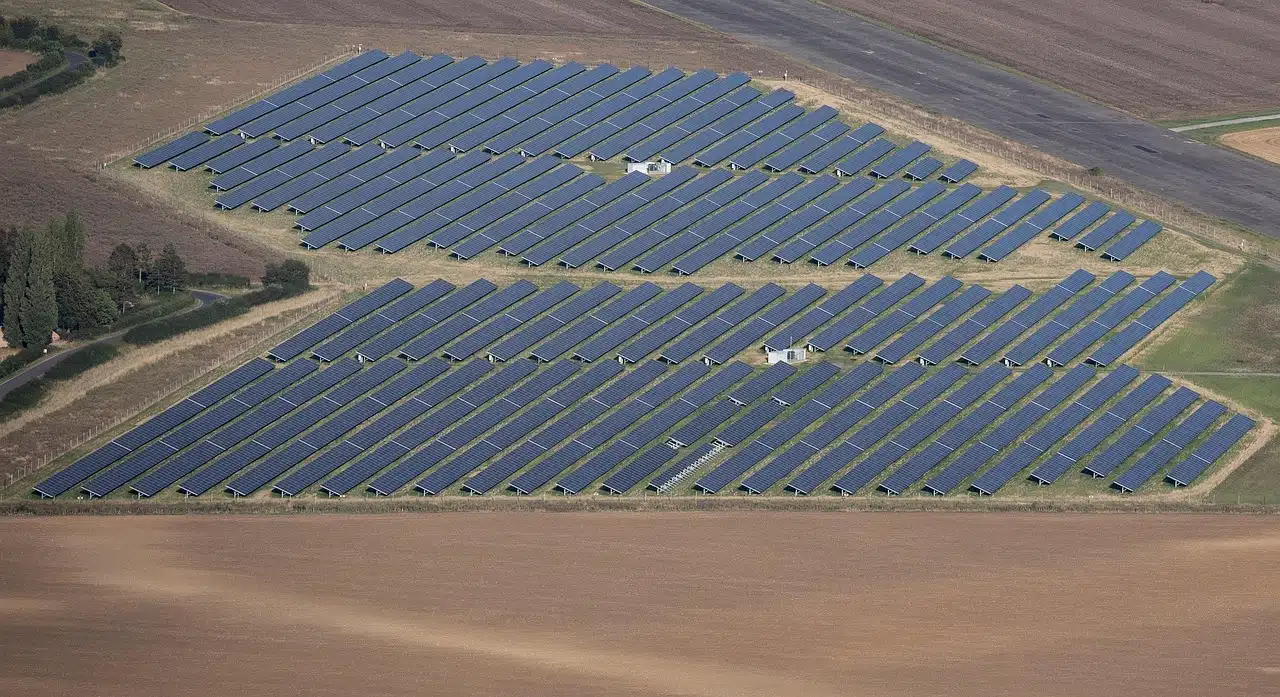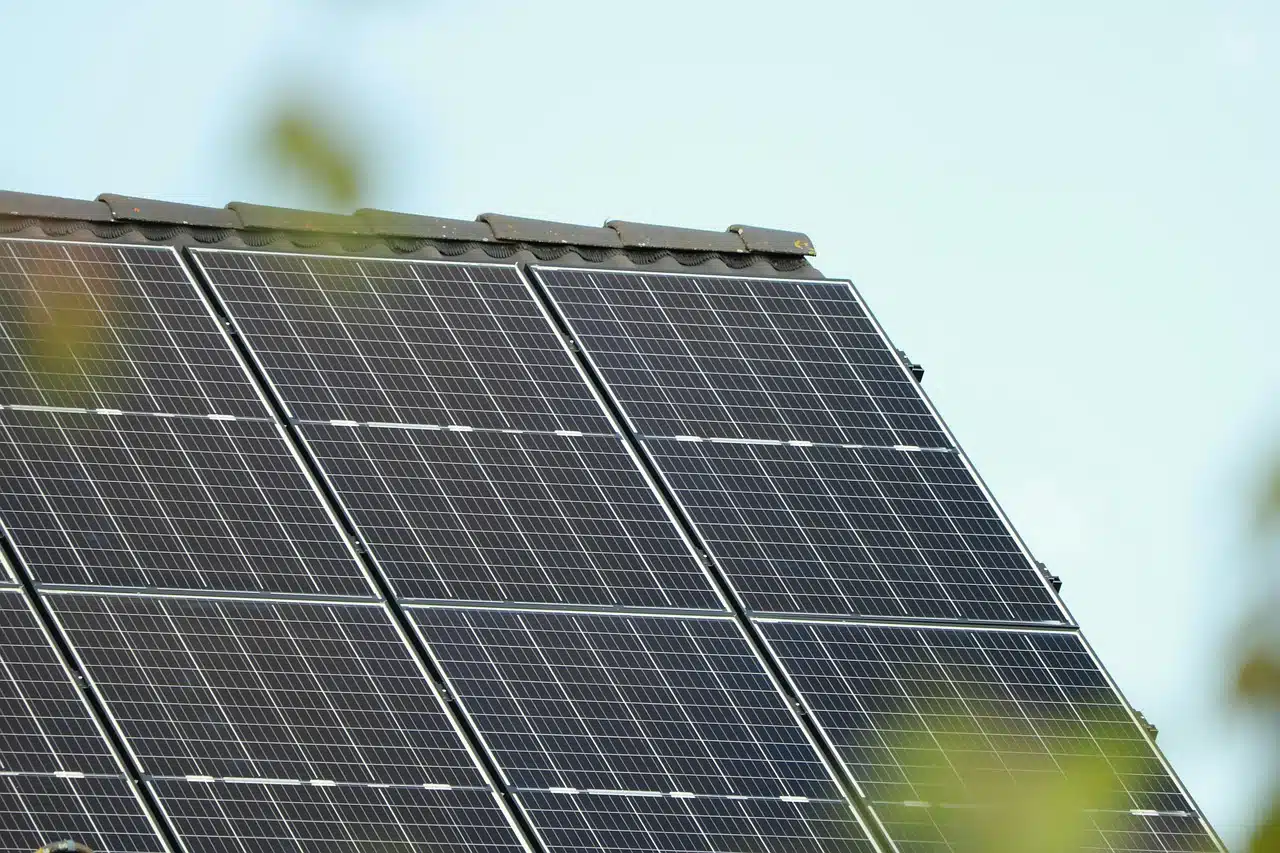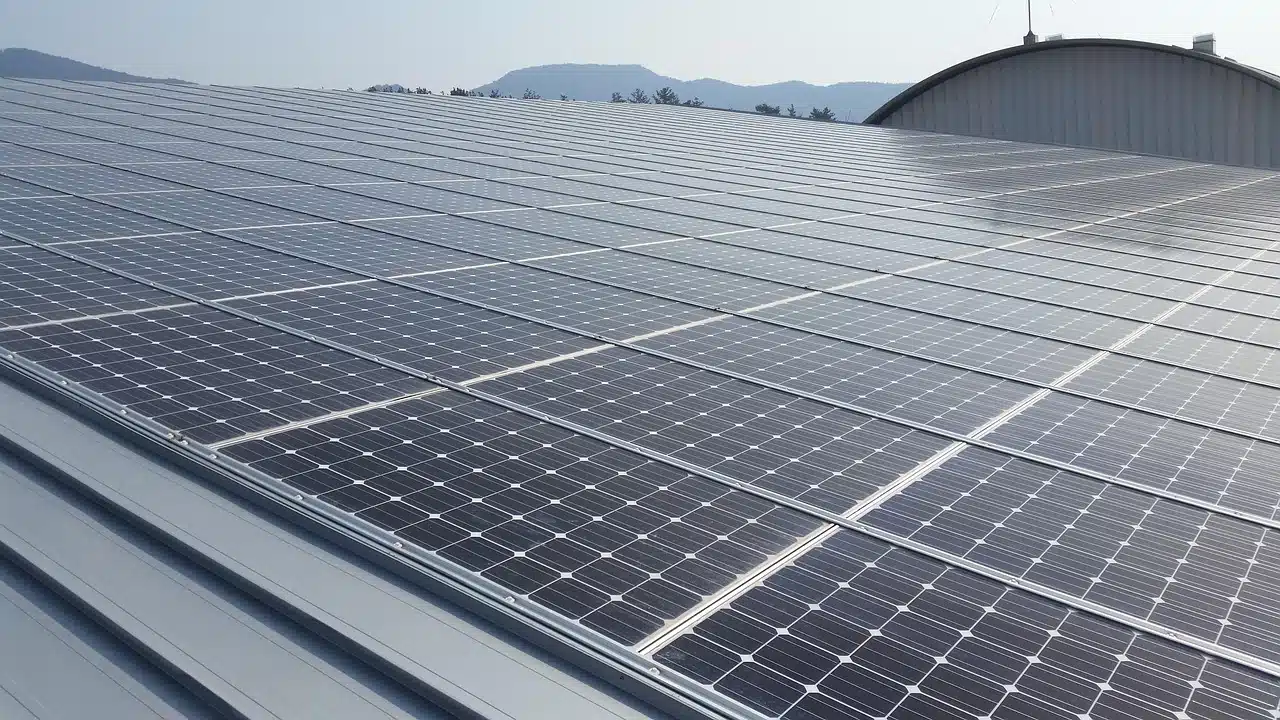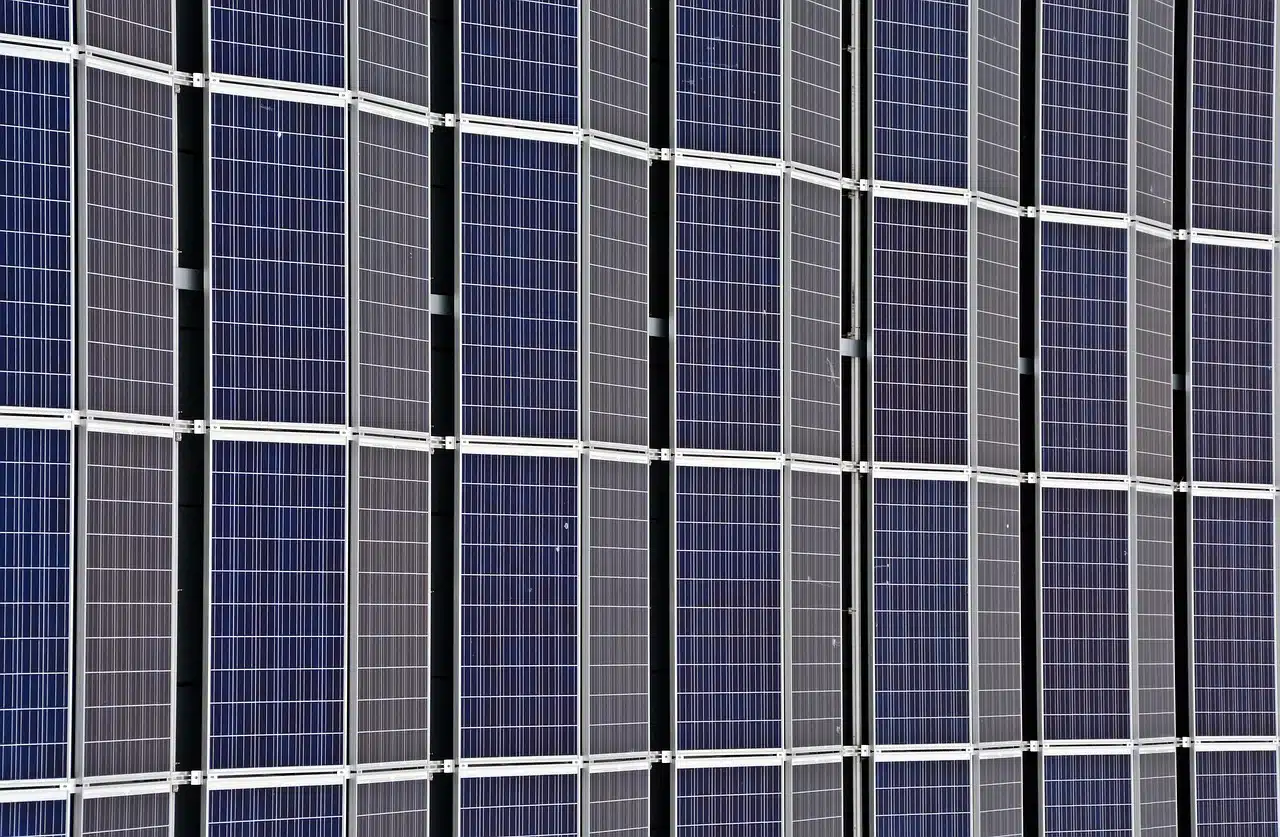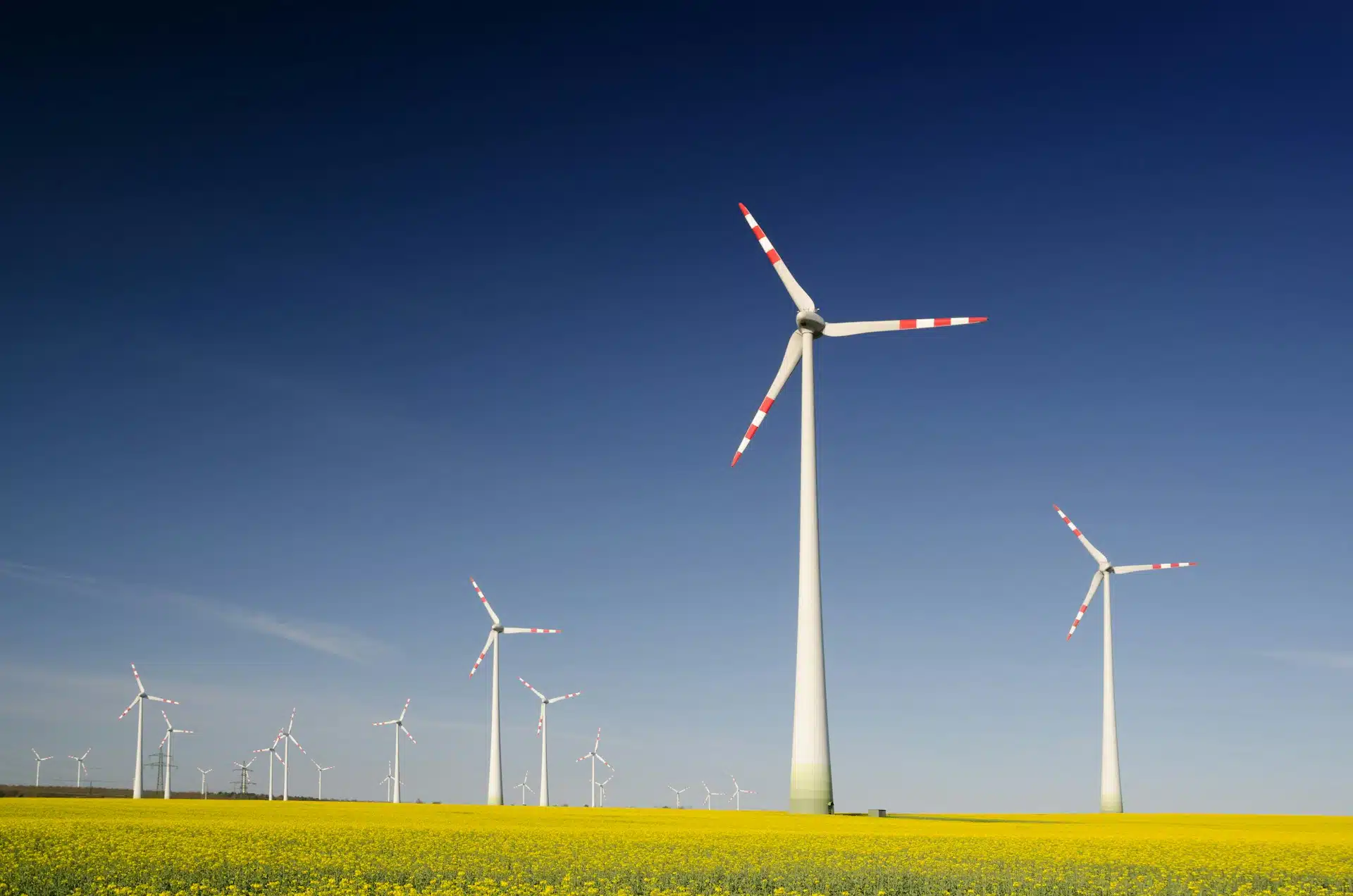For decades, Tanzania’s industrial zones, rural communities, and urban centers have heavily relied on diesel generators to bridge electricity access gaps.
Tanzania now stands at a pivotal moment in its energy transition. The nation’s heavy reliance on diesel generators faces growing scrutiny as solar energy emerges as a viable alternative.
With a rapidly expanding population and increasing energy demands, the Tanzanian government and private sector are actively pursuing a “solar push” by investing in renewable energy to reduce dependence on fossil fuels.
On this note, Tanzania Electric Supply Co. Ltd (TANESCO) recently requested tenders for a 100 MW solar PV project to be developed on a public-private partnership basis.
Diesel generators challenges
Diesel generators have long powered Tanzania, especially in off-grid rural areas where over 60% of households lack access to the national grid.
As we know, these generators, while reliable, come with significant drawbacks.
The International Energy Agency (IEA) analysis reports that diesel generators contribute to high operational costs, with current fuel prices in Tanzania fluctuating between $1.10 and $1.50 per liter as of April 2025, straining household and business budgets.
Moreover, diesel generators are a major source of environmental pollution. The World Bank estimates that Tanzania’s reliance on fossil fuels, including diesel, contributes to approximately 10 million tonnes of CO₂ emissions annually.
This figure shows the urgent need for cleaner alternatives.
Tanzania’s solar potential
However, the country benefits from high solar radiation levels, ranging from 4.5 to 6.5 kWh/m² per day, creating optimal conditions for large-scale solar PV developments.
This abundant resource positions solar energy as a natural candidate to replace diesel generators.
Meanwhile, the government’s National Energy Policy, which is a part of the broader National Energy Compact, aims to increase renewable energy’s share in the national grid to 36% by 2030, with solar photovoltaic (PV) systems as a base.
Recent data from the Ministry of Energy indicates that Tanzania’s installed solar capacity reached 5 MW in April 2025, a small but growing fraction of the country’s 4,031.71 MW total grid capacity.
The ministry’s budget report shows an 86.6% increase in electricity generation capacity from 2,138 MW in March 2024 to 4,031.71 MW in April 2025, with solar contributing a small but strategic portion.
Projects that show Tanzania’s shift to solar energy
Tanzania is currently witnessing an uptick in solar investments from both local and international investors.
These solar projects are likely to prove the possibility of clean energy replacing diesel generators.
Notably, in 2013, the African Development Bank (AfDB) backed the development of the Kigoma Solar Power Plant, the country’s first grid-connected solar power plant, a 50 MW facility located at the Kigoma-Ujiji Municipality.
The project is expected to generate 150 GWh of electricity annually, delivering power to over 700,000 residents.
Other projects include the Shinyanga Solar Power Plant, a 150 MW solar photovoltaic (PV) power plant under construction in Shinyanga, with the first phase, a 50 MW plant, expected to be operational in 2025.
Second, the Singida Solar Power Plan, a 100 MW solar farm located in Singida, is designed to supply electricity to the national grid.
It is being developed in phases, with the first phase contributing 45 MW and the second phase adding 55 MW
Finally, the Dodoma Solar Power Plant, a 150 MWp solar photovoltaic (PV) project, is expected to be one of the largest solar power plants in the country and will diversify Tanzania’s electricity mix.
How the government is driving solar adoption
On its part, the Tanzanian government has taken bold steps to promote solar energy.
In June 2025, President Samia Suluhu Hassan directed the Ministry of Energy to accelerate renewable energy projects, emphasizing solar and nuclear energy.
The ministry responded with a roadmap to integrate solar power into the national grid, aiming to install 500 MW of solar PV capacity by 2030 under the Renewable Energy Master Plan (REMP).
Additionally, the government has partnered with the International Finance Corporation (IFC) to open electricity transmission projects to private investors.
“We will begin preparing tender documents in September 2025 to attract qualified investors,” says Felchesmi Mramba, the Permanent Secretary of Tanzania’s Ministry of Energy.
These initiatives aim to decentralize energy production, making solar mini-grids a feasible solution for off-grid communities.
The Rural Energy Agency (REA) has also played a critical role, funding solar mini-grid projects in rural Tanzania since 2020.
These mini-grids, ranging from 50 kW to 1 MW, provide electricity to schools, hospitals, and small businesses, reducing reliance on diesel generators.
Can solar match diesel’s reliability?
Despite its promise, replacing diesel generators will perhaps face various challenges.
First, high upfront costs remain a barrier. The World Bank’s ESMAP program notes that only 22% of off-grid households globally can afford solar home systems capable of powering basic appliances for four hours daily.
A basic solar home system in Tanzania costs between $361 and $1950, a steep price for rural households earning less than $2 per day.
Second, policy inconsistencies pose risks. Regulatory uncertainty could deter investors.
Third, technical challenges, such as limited grid infrastructure and battery storage capacity, hinder solar’s scalability.
Diesel generators are portable, dispatchable, and can run at any hour, traits that solar currently struggles to match without reliable storage.
In addition, Tanzania’s grid, heavily reliant on hydropower (67.4% of capacity), struggles with intermittency during droughts, making hybrid systems combining solar and battery storage essential.
However, the price of lithium-ion batteries, though dropping, remains a barrier to widespread adoption.
What is the way forward?
To overcome these challenges, Tanzania is leveraging innovation to accelerate the shift from diesel to solar.
The African Single Electricity Market (AfSEM), launched in 2025, aims to connect regional grids, including the Kenya–Tanzania Power Interconnection Line, to facilitate cross-border electricity trade.
This initiative could enable Tanzania to export excess solar power, enhancing economic viability.
In addition, companies invested in deploying modular solar systems, such as “Solartainers,” which combine solar panels with battery storage are vital as private sector investment is also critical.
In Senegal, for instance, a Solartainer powers 1,200 households, replacing diesel generators and saving fuel costs. Similar models are being piloted in Tanzania’s Dodoma region, with plans to scale nationwide.
Furthermore, carbon credit financing is gaining traction. The IEA projects that solar microgrids, supported by carbon credits, could electrify over 200 million Africans by 2030.
Therefore, Tanzania can also look to explore carbon credit models to fund solar mini-grids, attracting private investment while reducing emissions.
Impact on Tanzania’s economy
Transitioning from diesel to solar can offer both economic and environmental benefits.
Solar reduces energy costs for households and businesses.
A 2025 study by the Centre for Economic Policy Research found that solar mini-grids in East Africa lowered energy expenses by 30–50% compared to diesel generators.
In Tanzania, small businesses adopting solar report savings of up to $1,000 annually, boosting local economies.
Environmentally, solar energy slashes carbon emissions.
The country scaling solar to 500 MW by 2030 could reduce emissions by an estimated 1.2 million tonnes annually, Renewable Energy Africa Trust (REAT) projects.

